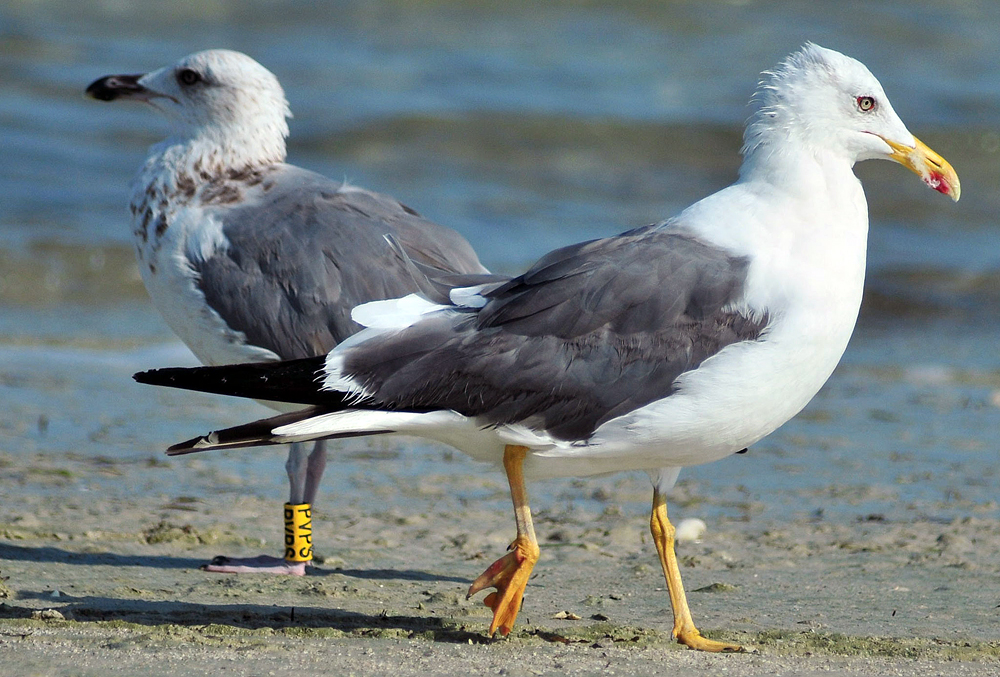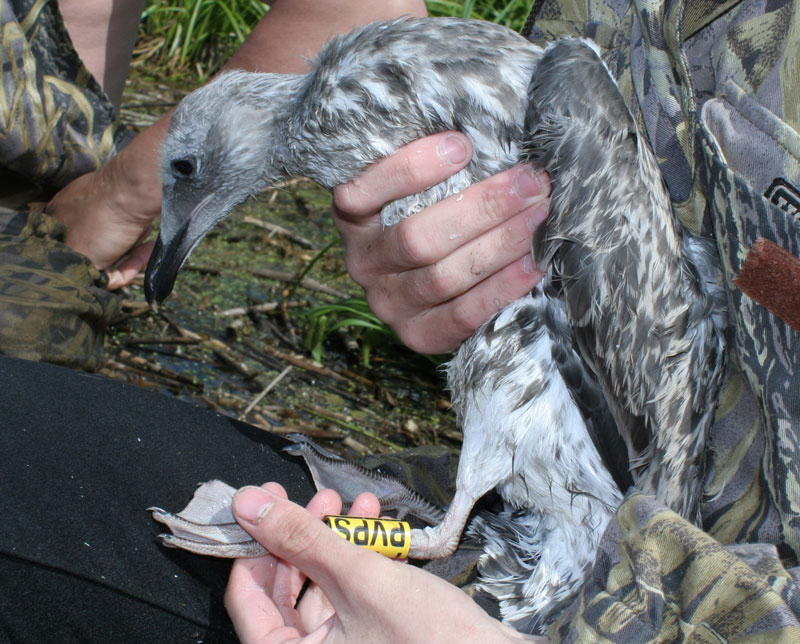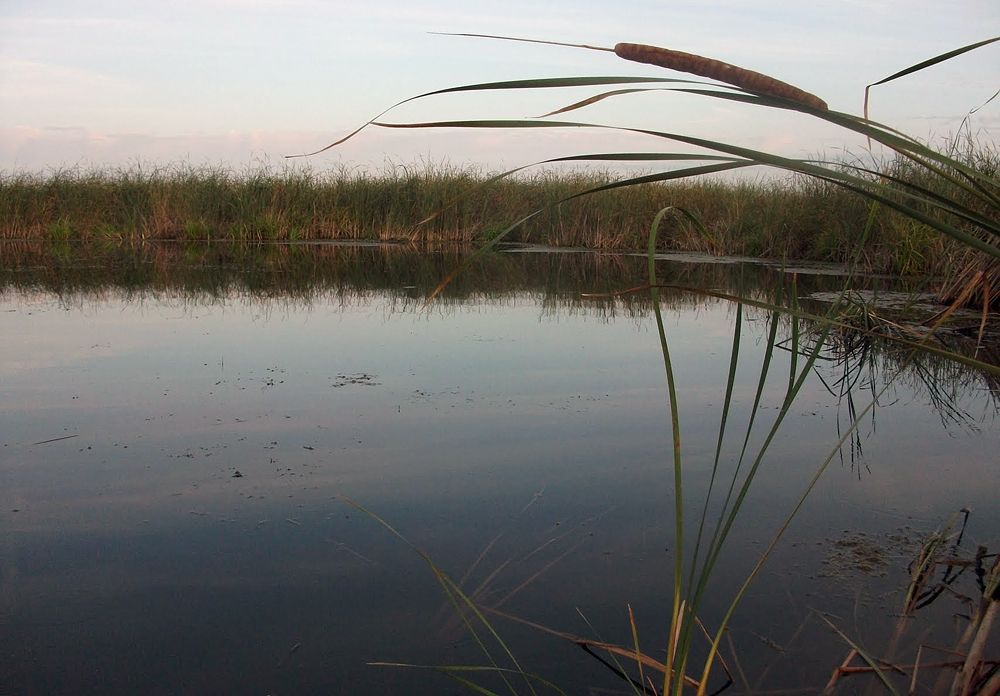 Larus cachinnans
Larus cachinnans
(last update:
Greg Neubauer
Marcin Przymencki
Albert de Jong
Mars Muusse
cachinnans plumages
Larus cachinnans? 1CY & 2CY PVPS June 2011 & October 30 2012, Russia & Bahrain. Picture: Larisa Plusnina & Howard King.
rings: metal MOSKWA C-525106, plastic yellow PVSP (black inscription)
species: Larus cachinnans group (cachinnans, barabensis or intergrade)
age: nestling / pullus (age > 25 days)
date: 18.06.2011
place: Selitba Lake, Penza oblast, Russia, central point of the lake: 53°10'11.04"N, 46°50'9.84"E
Ringer: Larisa Plusnina et al.
See also PVNB.
below: cachinnans? 2cy PVPS October 30 2012, Busaiteen, Muharraq Island, Bahrain (26°15'47.92"N 50°35'17.82"E). Picture: Howard King.
Accidentally photographed (and only image of PVPS) in the background of this adult heuglini (which is only halfway its complete moult). Interpretation of grey tones from images is a delicate job, however, PVPS doesn't look particularly paler than heuglini, and in fact such darker backed birds were found breeding in this very colony of Selitba. The very blochy pattern in the hindneck and huge-looking bill is also not particulary cachinnans-like.

Larus cachinnans? 1cy PVPS June 18 2011, Selitba Lake, Penza oblast, Russia (53°10'11.04"N, 46°50'9.84"E). Picture: Larisa Plusnina.
Chick. The colony is in reeds at a shallow lake in the forest-steppe zone, and is a mixed one. That is, cachinnans and barabensis-type gulls are the two taxa which breed there, at times in mixed pairs and some intermediate types are also present. Here you can have a look at adults from there: http://gneubauer.republika.pl/Selitba1.html. Probably heuglini does not breed this far south (tundra breeding species), though few birds were nearly as dark as heuglini (clearly darker than baraba's from SW Siberia). When the chicka are ringed, several alrming adults fly overhead, but it is impossible to tell which is the parents, and therefore which taxon the pullus belongs to. Observations from ringed birds, once they are adult, should confirm taxon.

Shallow lake near Kuznetsk, Penza Oblast, between Moskwa and River Volga.
